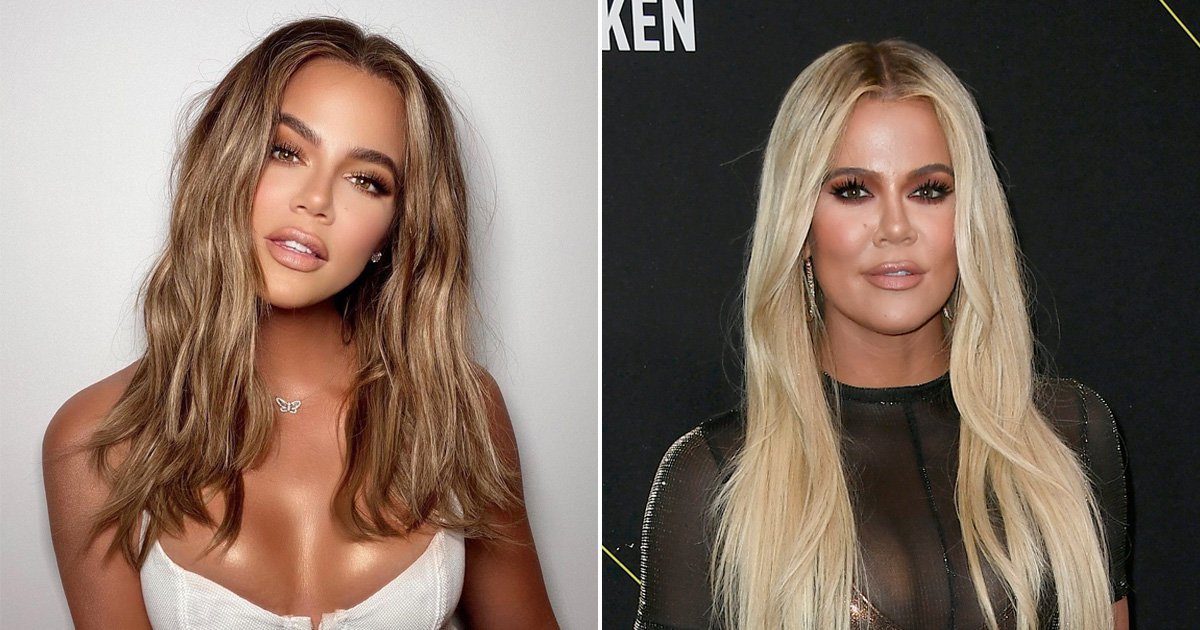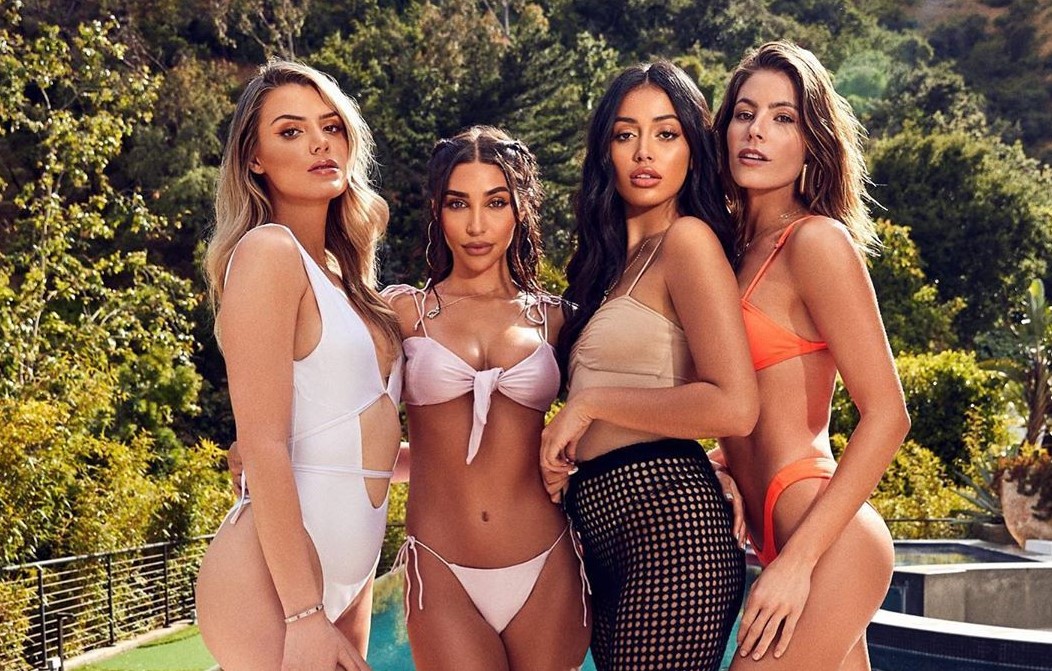When Khloe Kardashian posted a glammed up, perfectly-lit selfie on Instagram, her comments were flooded with the same type of response: “she has a new face!” The star was showing off her lighter-than-usual hair and the photo, of course, had the signature Kardashian retouch, but many assumed that she had undergone plastic surgery. Memes of her face over the years had gone viral, and in a day, the Internet had judged her against our modern-day beauty criteria: Instagram Face.

If you’re wondering why so many influencers on your feed look the same, there’s a term for that – “Instagram Face,” coined by New Yorker journalist, Jia Tolentino, describes the “single, cyborgian face” of these women we’d find attractive in this day and age. They’re young, with “poreless skin and plump, high cheekbones,” with catlike eyes, a neat nose and full lips. It’s an amalgamation of features from different beauty standards: Tolentino speaks of its ambiguously ethnic features, but is also influenced by Eurocentric ideals.
“Instagram Face” has even led to the blackfishing phenomenon, where white influencers have been accused of cherrypicking black features to adopt into their own looks, for purely aesthetic reasons.

In this era, “Instagram Face” represents a fine line. These influencers represent a departure from the heavily-contoured and perfectly-highlighted looks that dominated our feeds five years ago (now, soft glam is in) and these faces look natural to an unknowing audience.
This ideal of Instagram Face means that anything too ‘real’ will not be accepted, but you also can’t be too fake – such was the case for Khloe Kardashian. For those who grew up in the 2000s, plastic surgery was always associated with the extremes – botched caricatures with clearly obvious boob jobs. But for this generation, however, plastic surgery is harder to spot. The plastic surgery market is no longer just over-the-top operations, but rather temporal “tweakments.”
Tweakments, also called injectables, are minor, non-invasive surgeries, representing the desire of people “to look more like their own filtered photos or a Photoshop version of themselves,” according to plastic surgeon Lara Devgan. Instagram Face is therefore not only reliant on physical enhancements, but also the changes that you can make virtually – it is the era of fillers and filters.
Despite the tweakments that allow one to attain Instagram Face being temporary, it is still used as a rigid criterion for beauty. You would think that what someone posts on Instagram is a personal choice, but for celebrities and famous women in particular, it sets an expectation for everyone else.
When Kylie Jenner emerged during the lockdown in April looking disshevelled in a pair of sweatpants, it was vastly different to her Instagram pictures, and so, jokes about her appearance went viral. The mechanisms for achieving Instagram Face are becoming easily accessible, but it is still surrounded by a culture of control and perfectionism.

While people are becoming more open-minded about a tweakment-based plastic surgery industry is a good thing, accessibility can be dangerous. In a VICE experiment, it was found that 90% of practitioners in London and Essex did not ask for someone’s age when booking in a lip filler procedure, and none of the practitioners asked for ID during a consultation.
The experiment highlighted the “visible lack of concern over the age of potential clients,” which is harmful considering that teenagers are perhaps the most vulnerable to Instagram Face insecurity. There is also the issue of accountability in the influencer industry – as these procedures become more and more common, less influencers are announcing these minor tweakments and in some cases, refuting accusations that they’ve had anything done.
So, what is the future of the Instagram Face? Beauty standards are always changing, and so is the technology behind beauty standards – while beauty standards will remain for a while, It could that they will soon feel attainable and not out of reach. Melissa Seley writes that this idea of a perfect face is one forged by men, drawing on the fact that majority of board-certified plastic surgeons were men, with a 92% female client base.
Seley also makes the point Instagram’s workforce, those behind the flattering filters, are 77% male. What would a beauty standard shaped by women look like? During this period of lockdown, beauty procedures have had to take a back seat – could we apply this sentiment to the rest of our lives? In a period of global chaos, we might emerge from this not caring about what we look like on Instagram.
Subscribe to FIB’s Weekly Alchemy Report for your weekly dose of music, fashion and pop culture news!







